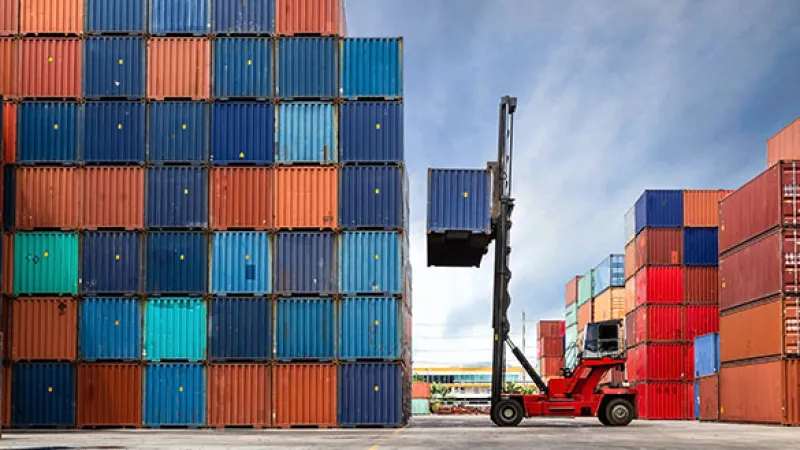By Blu Putnam and Erik Norland, CME Group
AT A GLANCE
- Following pandemic-related disruptions, supply lines could be geared more towards resiliency than cost-savings
- Economists review the shift toward demand for goods over services during the pandemic, and how supply lines could be diversified or localized
Supply chains were disrupted long before the pandemic by U.S.-China trade tensions. The situation was exacerbated as consumer demand for manufactured goods began to increase in countries that were slow to recover from the pandemic amid restrictions on services such as travel and dining out.
This shift in spending benefitted the world’s industrial sector, notably China’s. Moreover, it also led to a shortage of shipping containers as there was more one-way traffic of manufactured goods out of China instead of the normal two-way trade that involved bringing goods, such as agricultural products, back into China. In short, containers were in the wrong place and in short supply.
Diversifying Supply Chains
These disruptions renewed the long-standing debate over diversifying supply chains by, for example, reducing dependence on China in favor of sourcing supply from nearer markets like Mexico (U.S.) and Eastern Europe (Western Europe). The problem is that reshaping supply lines is easier said than done. For starters, supply lines have been optimized to minimize costs. Moving factories involves building new plants and equipment, retraining the workforce, sourcing raw materials and making certain that the new location has access to transportation facilities such as railways and ports.
Adding new objectives such as resilience and diversification is likely to make supply lines cost more, and companies aren’t sure whether or not they can pass on those extra costs. Ultimately, there might be a trade off between supply-line diversification on the one hand and some combination of lower corporate profits and higher consumer prices on the other. As such, it is always possible that once memories of the trade tensions and pandemic fade, supply lines are still not diversified because it involves high investment and uncertain returns.
Read more articles like this at OpenMarkets






